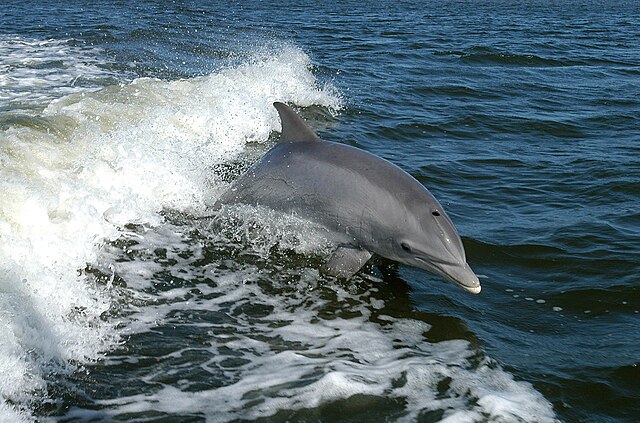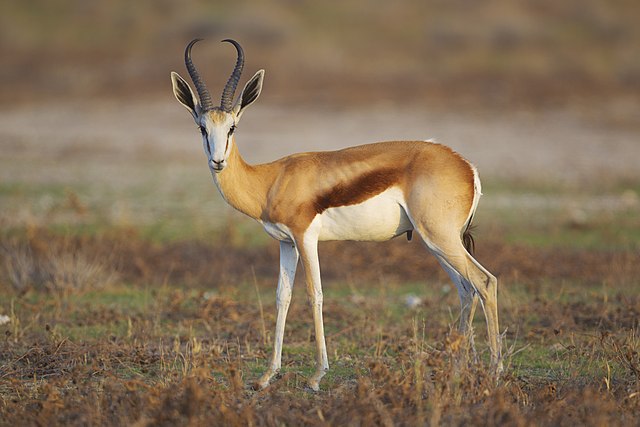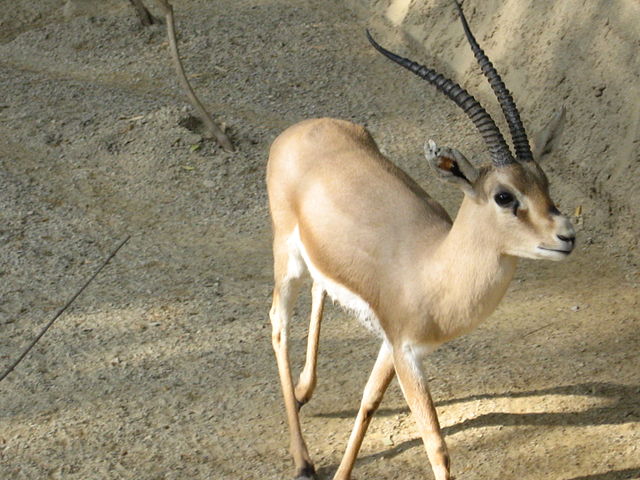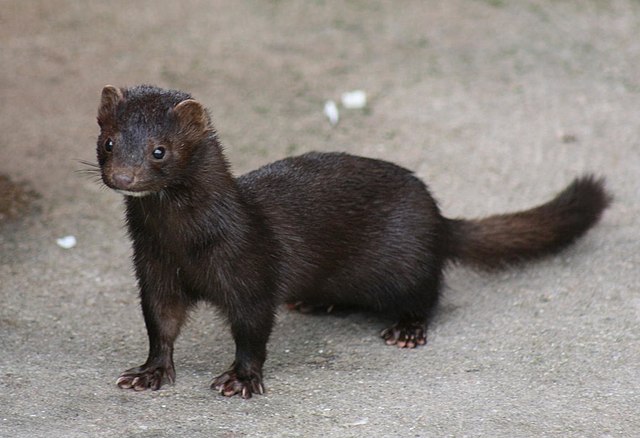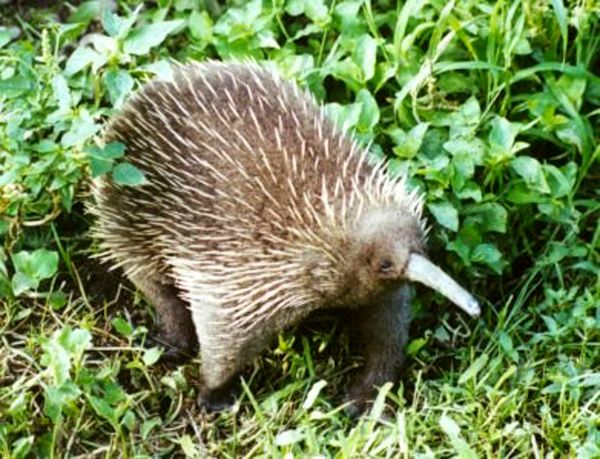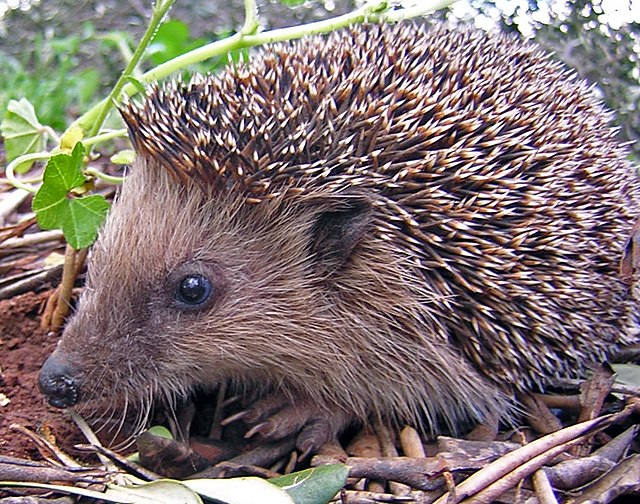We just learned about the Dolphi.
The okapi is an animal closely related to the giraffe, but looking at it you'd think it was almost a zebra because it has white and black stripes on it's legs.
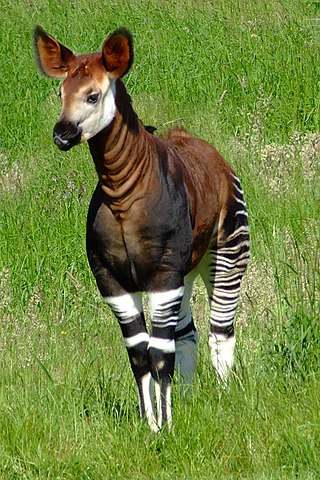
(from: wikipedia - okapi)
The okapi's tongue is bluish gray, and is so long that it can lick it's own eyes and ears clean!
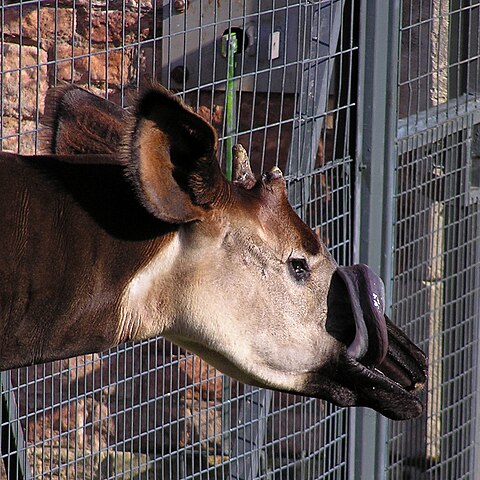
(from: wikipedia - okapi)
Kid Facts - Blast from the past: Kangaroos
